Archeologists Stumble Upon Medieval Burial Site Hiding Vampire Children
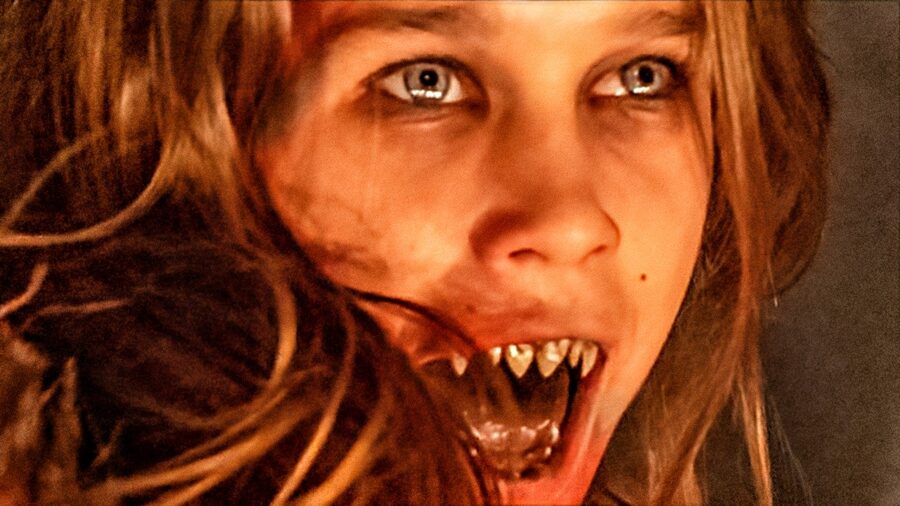
An unmarked gravesite in Poland was recently discovered, and archeologists believe it to be a vampire burial ground for children. At least one of the bodies was buried using the burial customs medieval Europeans used to prevent corpses from returning. The grave site, which was previously entirely unknown, is a mystery and the anti-vampire measures only add to its creepy mystique.
Grave For Vampire Children
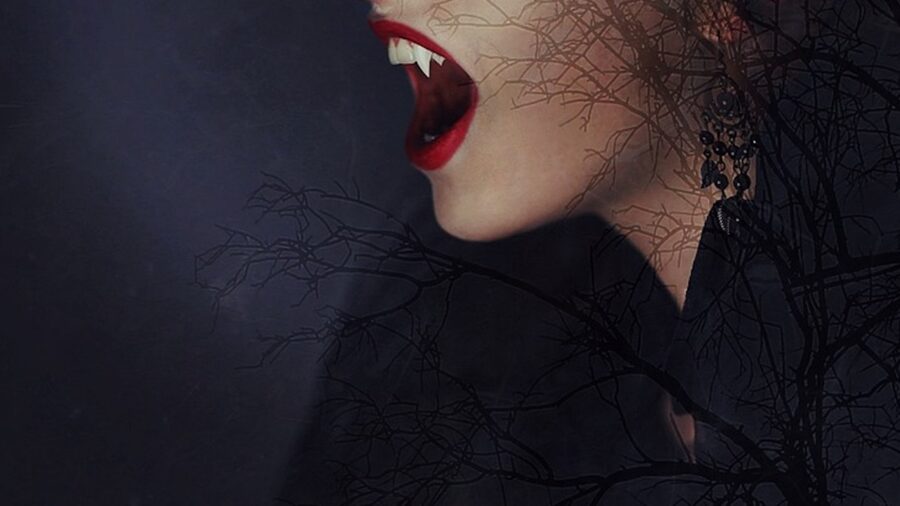
The grave for vampire children was discovered near the Palace of Uniate Bishops in Chelm, Poland. It was discovered accidentally during garden renovations that involved tree root removal. With no grave markers or known historical records of the site, it was a shocking discovery for the maintenance crew.
There are signs that steps were taken to prevent a vampire from rising for at least one of the children. The body’s head was severed before burial and placed facing down with the rest of the body facing up. Heavy stones were then placed on top of the torso to prevent rising, a common variation of staking a body to the ground.
Buried Without Coffins Or Gravemarkers
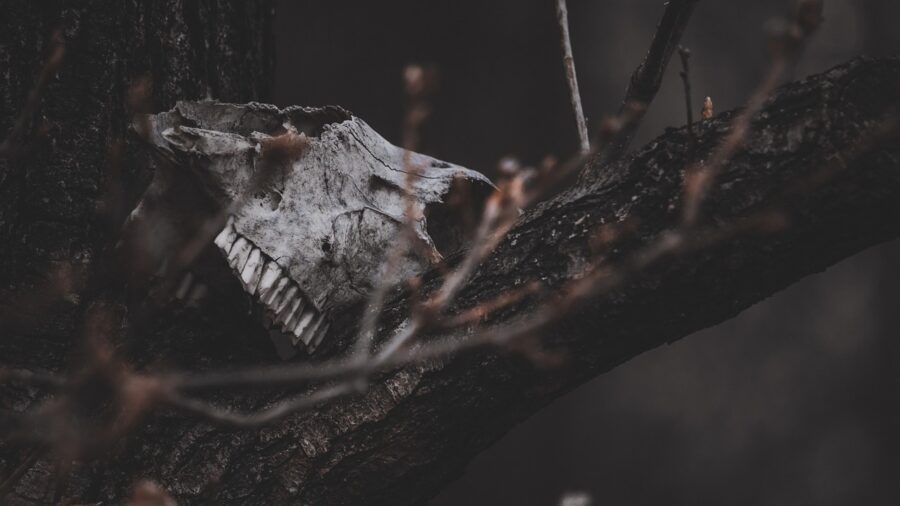
In addition to the vampire funerary customs, the graves of the children are missing some standard artifacts. The fact that both bodies were buried without coffins is the most obvious and noteworthy detail, but they were also missing the items bodies were customarily buried with during the Middle Ages.
Due to the missing funerary items and grave markers, archeologists suspect the site was used as an unofficial cemetery by locals, though why it was needed and how much it was used remains a mystery.
May Have Been For Other Reasons
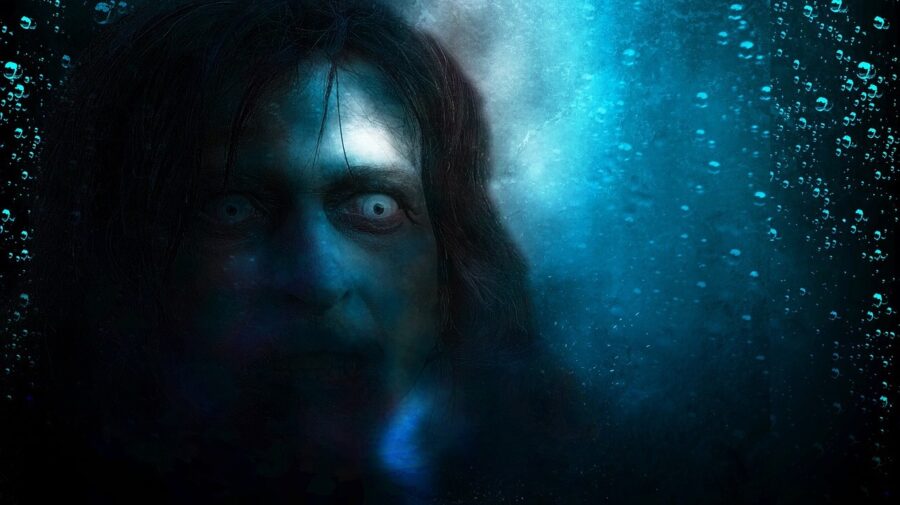
Despite the lack of coffins, some traditions were observed that aren’t specifically associated with vampire children’s graves. The bodies were laid to rest from East to West and in a patch of gypsum soil, as was tradition in the region during the Middle Ages.
While less associated with preventing demonic activity, these funeral customs may have been part of ensuring nothing sinister came from the unofficial gravesite.
Common In Europe?
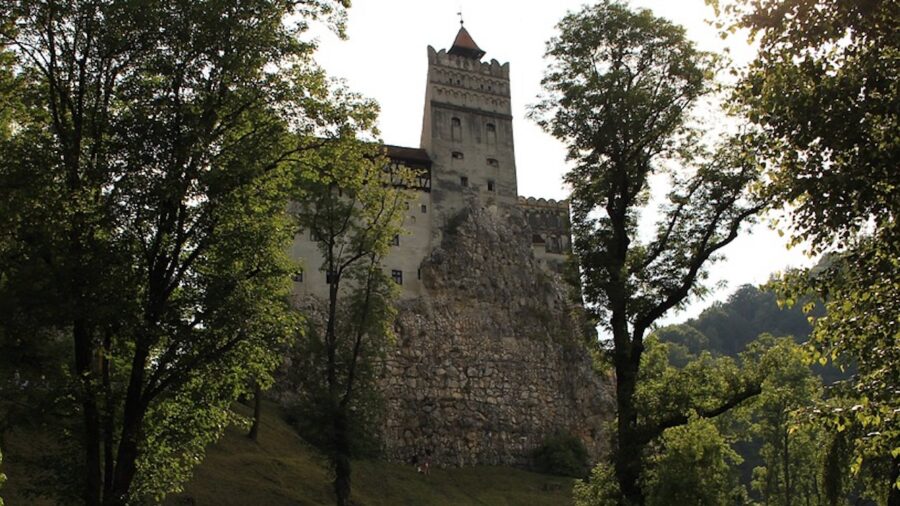
Vampire burials dating back to the medieval period are fairly common in Europe, even among children. During that period of history, it was widely believed that certain bodies could be inhabited by demons and rise again to spread death and misfortune.
The practice continued into the 18th century, with victims of plagues often being buried with the local customs meant to prevent undead activity.
Few details about the vampire children are known, but archeologists hope to learn more by thoroughly examining the remains. In addition to the age and gender of the bodies, researchers are hopeful they can figure out the cause of death. Those details could help uncover why they were buried in an unmarked graveyard with special precautions taken to ensure one of them didn’t rise again.
Horror Stories For Years To Come
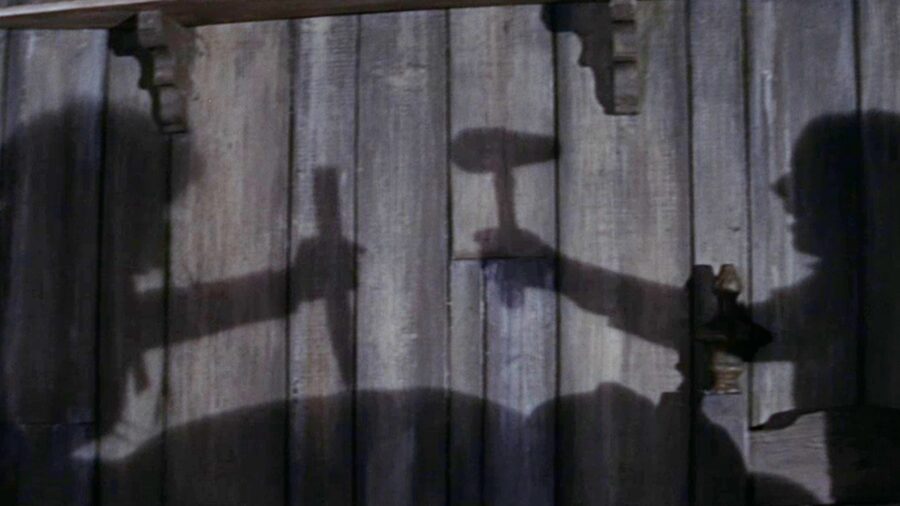
With the myth of the vampire enduring in Western culture to this day, the children’s grave is a fascinating discovery even for those outside the world of archaeology.
Closer examination of the bodies and the site where they were discovered could illuminate more about local beliefs regarding the undead and funeral rites.
In addition to the site’s archeological value, a mysterious child graveyard with monstrous implications is the kind of discovery sure to inspire horror stories for years to come.
Source: Popular Science











